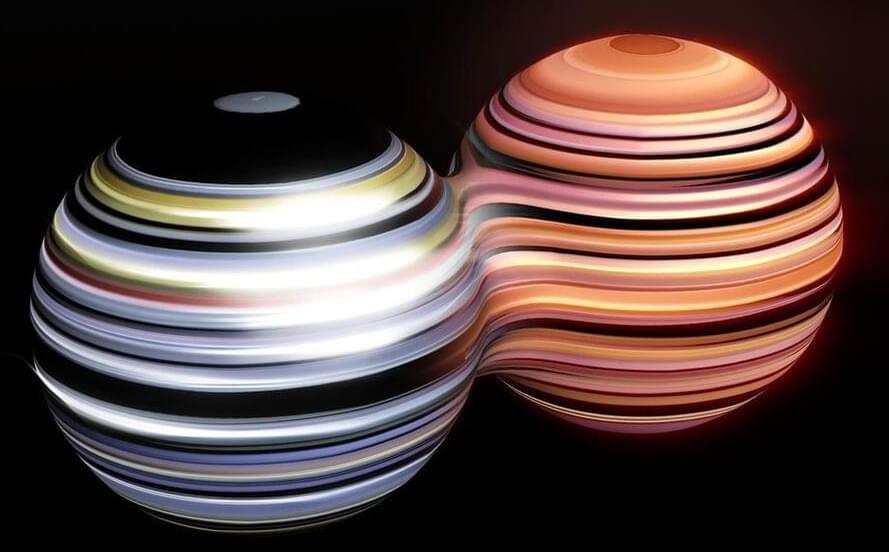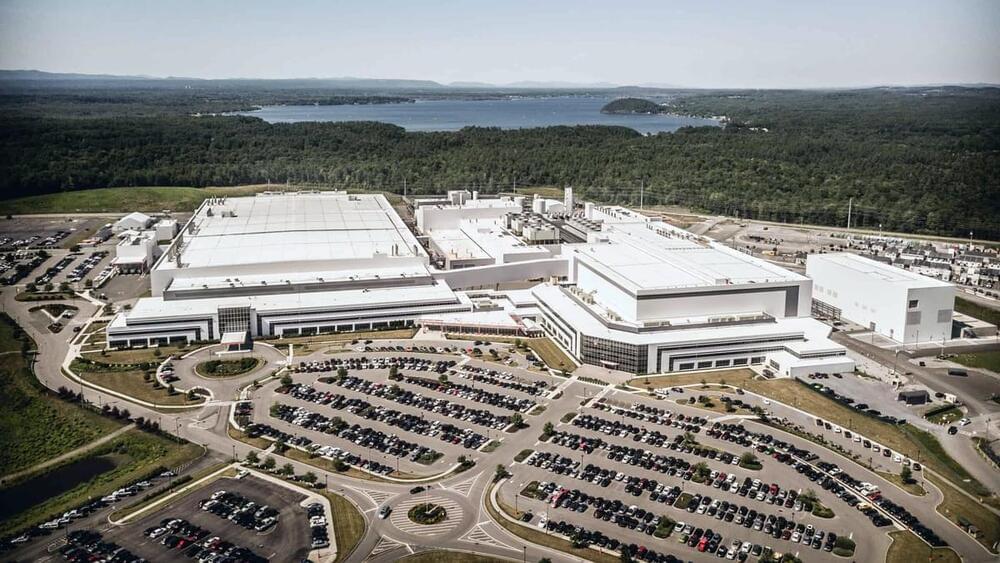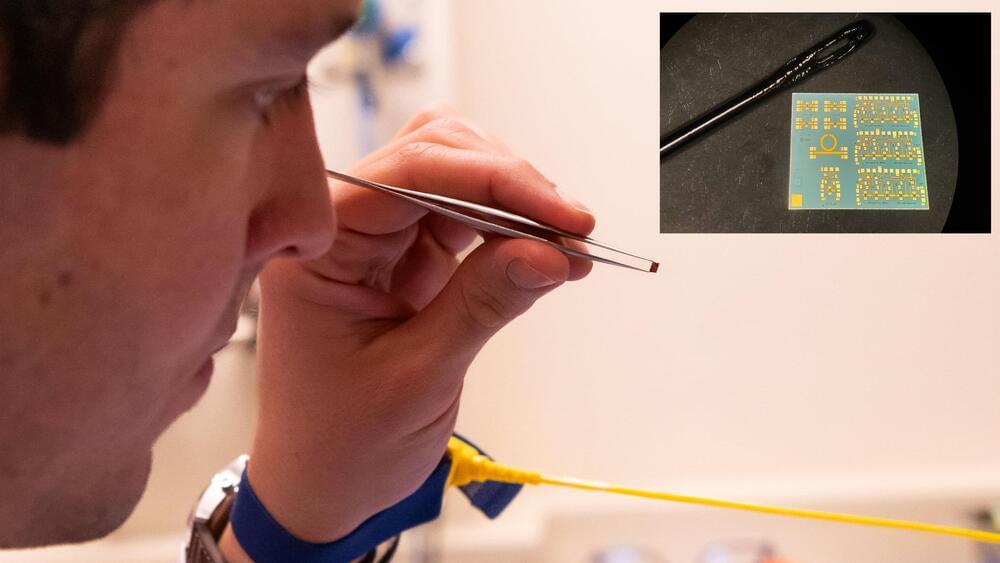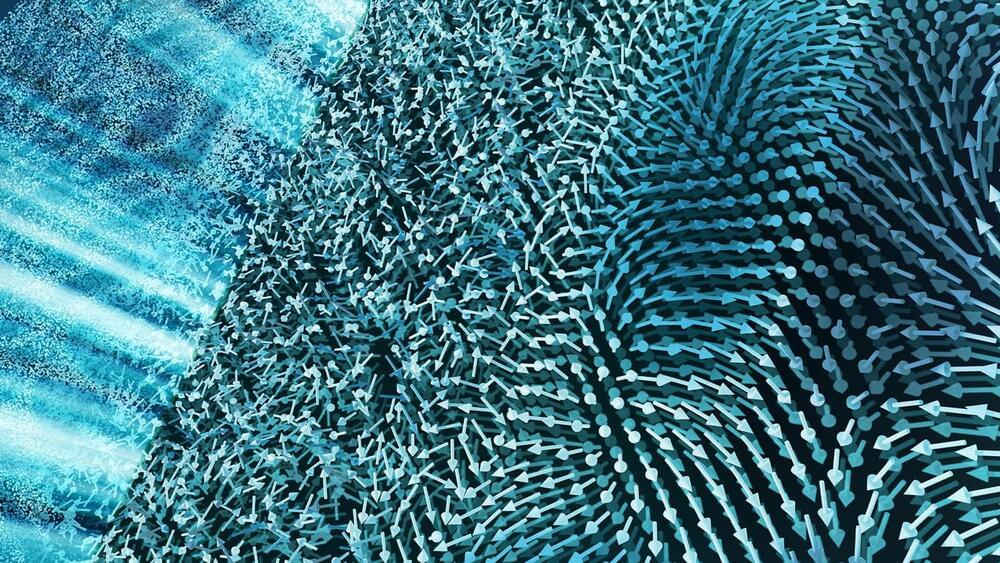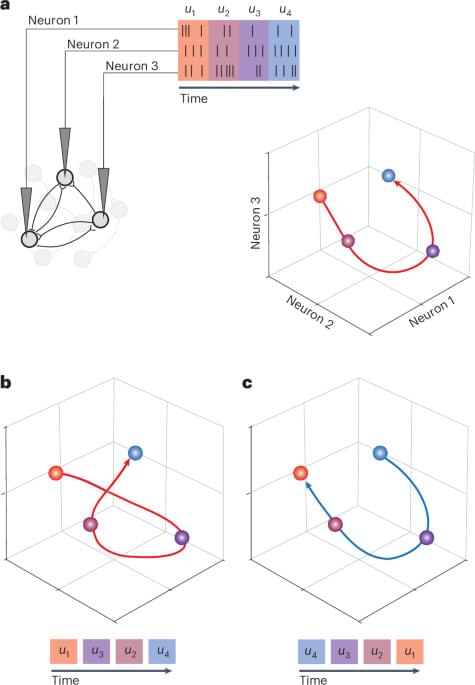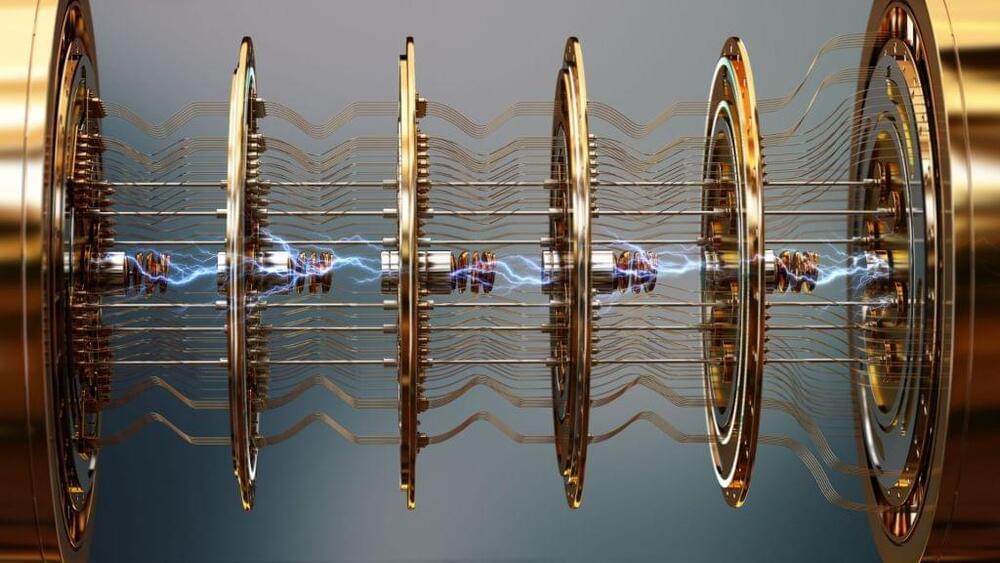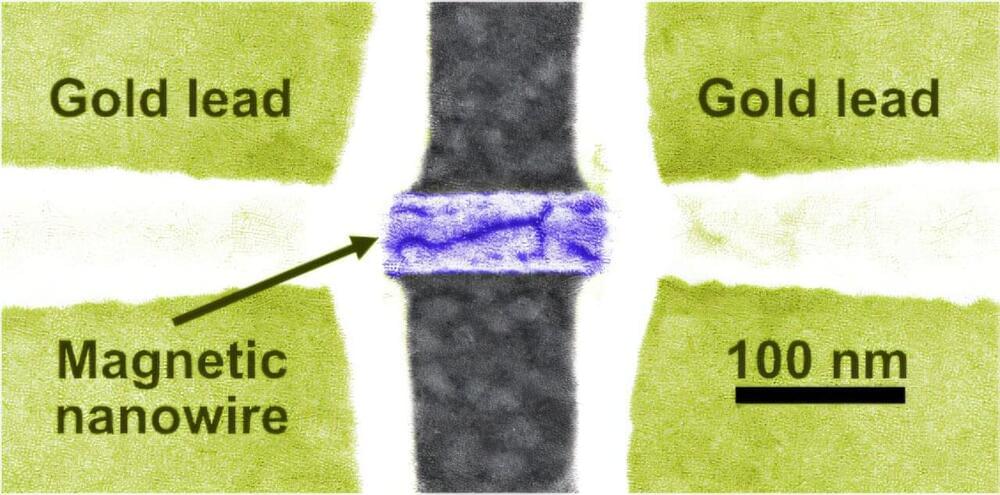Theoretical physicists predict the existence of exotic “paraparticles” that defy classification and could have quantum computing applications.
By Davide Castelvecchi & Nature magazine
Theoretical physicists have proposed the existence of a new type of particle that doesn’t fit into the conventional classifications of fermions and bosons. Their ‘paraparticle’, described in Nature on January 8, is not the first to be suggested, but the detailed mathematical model characterizing it could lead to experiments in which it is created using a quantum computer. The research also suggests that undiscovered elementary paraparticles might exist in nature.
